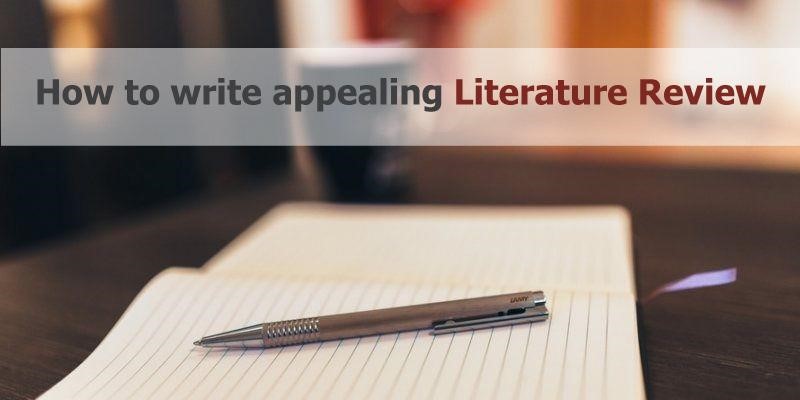Editors note: we don’t normally cover personal skills development here at Budget And The Bees, but we’ve seen enough demand from people interested in freelance writing, so we’re covering this topic here.
A literature review is a critical analysis of the sources from which you’ve taken references. It includes your opinion about the sources, accurateness of the information presented in the sources, gaps you found, and the new research you’re doing based on your sources. Though a literature review is just a part of a scholarly paper, many students find writing this section excruciatingly difficult. The personal interpretation of available sources and using them as support for new insights can be really difficult for some students, not to say impossible. That’s why so many learners prefer to pay someone to write literature review and rely on professional writing experts that know how to craft the best paper. In our today’s article, we’re going to look at the main steps that should be followed to conduct a strong literature review for your academic paper. But before you dive into the process, let’s check out the most common types of literature review.
Types of Literature Review
While in college, you may need to write a narrative, argumentative, theoretical, or integrative literature review.
The purpose of a narrative literature review is to critique and summarize the literature used for your research. It also draws conclusions about the topic and identifies gaps in a body of knowledge.
An argumentative literature review differs from its narrative counterpart. It examines sources selectively to support or refute an argument, assumption, or a philosophical problem.
A theoretical review focuses on the existing theories pertaining to the problem explored in your paper. It also establishes relationships between these theories, accesses their validity, and figure out new hypotheses.
As its name suggests, an integrative literature review aims to critique and synthesize secondary data about your research topic.
Important Elements of a Literature Review
When working on your literature review, you need to identify a gap in an author’s work. Your review should show that you didn’t just restate the ideas of another author but found the gaps, researched about them, and presented work with new research.
Giving proper evidence while interpreting the author’s work or writing about your research is also crucial for the success of your paper. You are encouraged to use statistical data, facts, and graphs as examples.
Include all the main points of research into your review to give your reader a clear idea of what your writing is about.
If you’re analyzing too many resources, there is no need to evaluate each of them. Limit your scope to the most topical and reliable sources that appear to be particularly helpful for your own research.
Step 1: Define Your Goal
Before you get down to writing your review, make sure you have a clear understanding of the goal pursued. When dealing with an argument paper, come up with a thesis statement with a clear position. When analyzing scientific theories, create a hypothesis to examine. Finally, when working on a self-contained review, you want to state a concrete purpose of your writing.
Step 2: Do Your Research
Conducting an in-depth research is imperative before getting ahead with your literature review. Make sure to review texts related to your topic and main argument. Go through the texts that are written by relevant and authoritative scholars. Remember to include only the most pertinent publications.
Step 3: Create a Structure
As with any other scholarly paper, you need to follow a definite structure when working on your literature review.
Introduction
Start with an enticing intro. For an impactful opening, define the focus and purpose of your review, reiterate the central problem, give a brief summary and background of the topic, and emphasize the relevance of the topic and its significance.
Main Body Points
In the main body of you writing, give a detailed overview of the main points of each source used. Present your own interpretation and analysis without paraphrasing. Point out the discovered strengths and weaknesses of your source. For better connectivity, use transitions and topic sentences.
Conclusion
In conclusion, summarize the key findings taken for the text. Demonstrate how research addresses gaps and provides new insights. Mention how you’ve drawn on existing theories and methods. Discuss the overall implication of your literature and suggest possible avenues for future research based on the gaps.
For more great articles on how to do life better, read these:
Yes, You Can Sell Your Kidney Stone
Do The 26 Week Money Challenge And Save A Bundle


